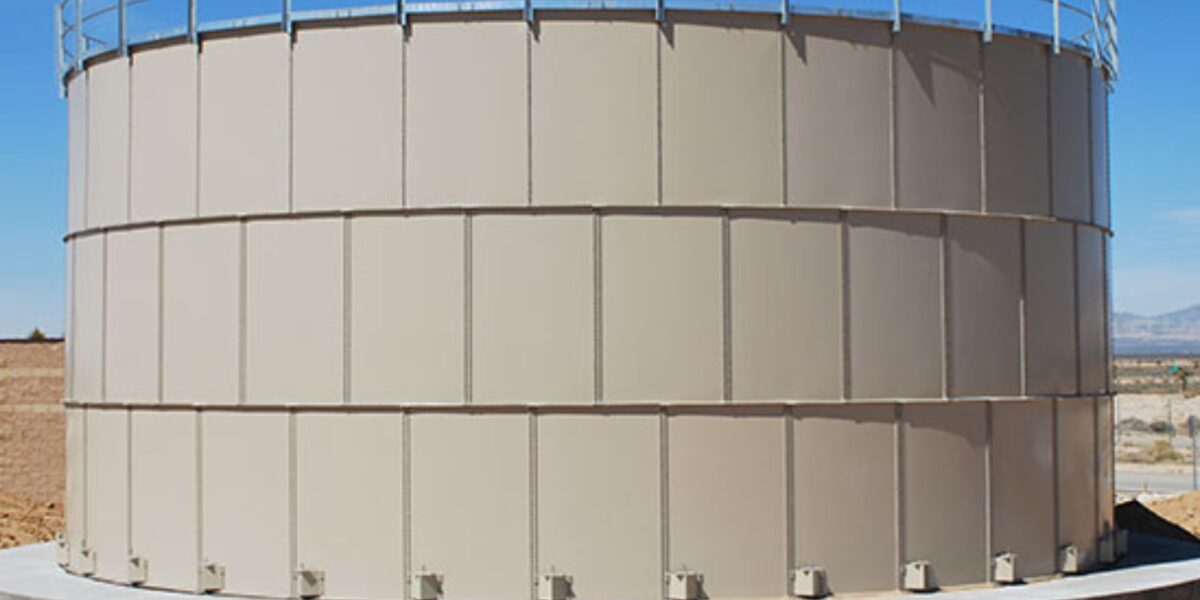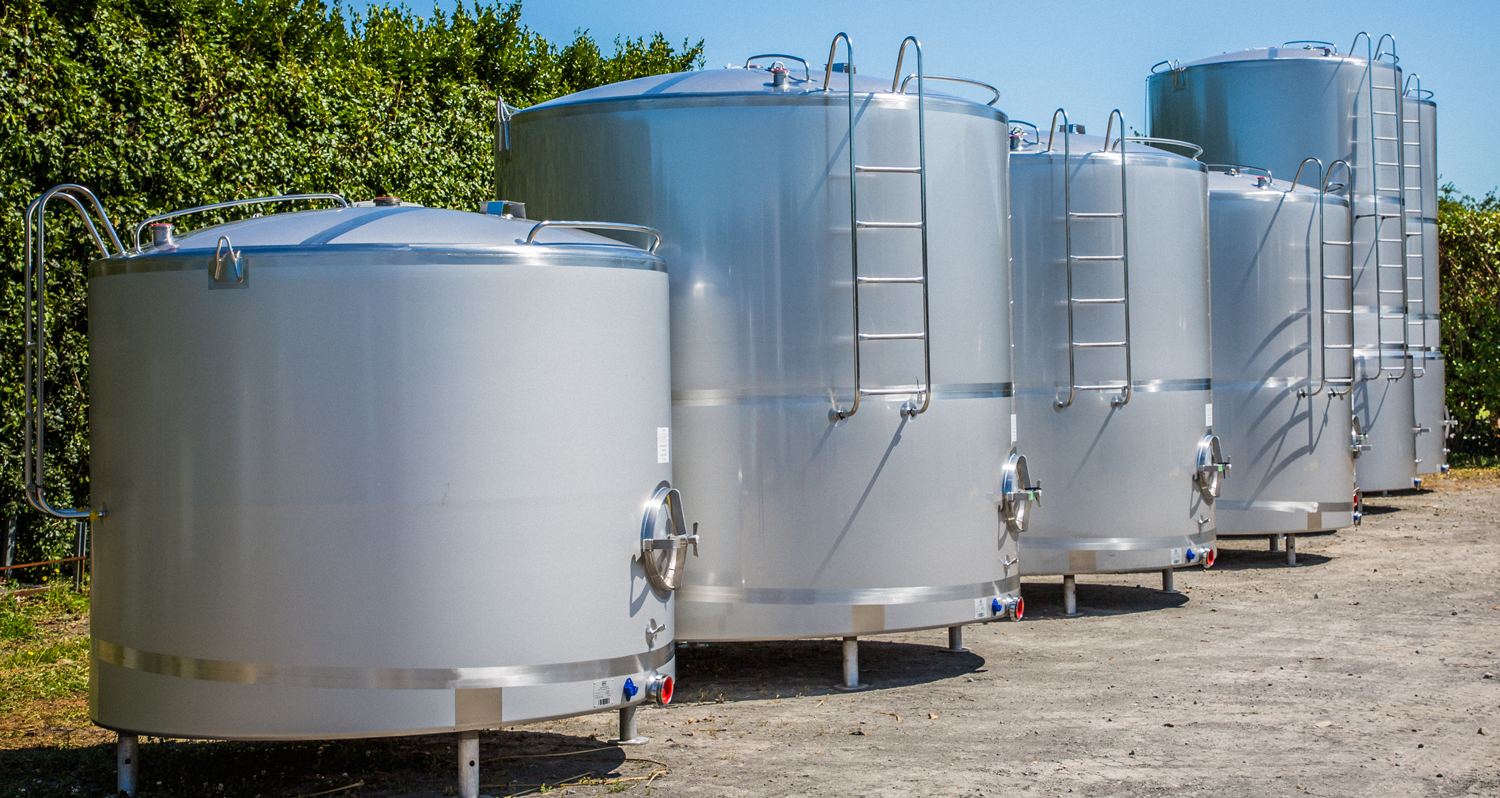Water Treatment Tanks and Health: Reducing Contaminants

Water is essential for life, and access to clean, safe water is crucial for maintaining good health. However, many water sources are contaminated with pollutants and pathogens that can pose serious health risks. Water Treatment Tanks play a vital role in ensuring that the water we consume and use in our daily lives is free from harmful contaminants. In this blog, we will explore how these tanks contribute to reducing contaminants and safeguarding our health.
Understanding Water Contaminants
Water contaminants can be broadly categorized into three main types: physical, chemical, and biological.
Physical Contaminants
Physical contaminants are substances that affect the physical properties of water. These include sediments, suspended solids, and particulate matter that can make the water appear cloudy or muddy. While not always harmful, they can harbor pathogens and interfere with water treatment processes.

Chemical Contaminants
Chemical contaminants include a wide range of substances such as heavy metals (lead, mercury, arsenic), pesticides, industrial chemicals, and pharmaceuticals. These contaminants can have serious health effects, including poisoning, cancer, and endocrine disruption.
Biological Contaminants
Biological contaminants are microorganisms such as bacteria, viruses, and protozoa that can cause diseases. Common pathogens found in water include E. coli, Salmonella, Giardia, and Cryptosporidium. These contaminants can lead to gastrointestinal illnesses and other health issues.
How Water Treatment Tanks Reduce Contaminants
Water Treatment Tanks are designed to remove or neutralize these contaminants, ensuring that the water is safe for consumption and use. Here’s how they work:
Filtration
Filtration is a critical process in water treatment. It involves passing water through a medium that traps and removes physical contaminants. Different types of filters can be used, including sand, activated carbon, and membrane filters. These filters can effectively remove sediments, particulate matter, and some chemical contaminants.
Sedimentation
Sedimentation tanks allow heavy particles to settle at the bottom due to gravity. This process is particularly effective for removing suspended solids and larger particulate matter. The settled particles, known as sludge, are then removed from the tank.
Chemical Treatment
Chemical treatment involves adding substances to the water that react with contaminants to neutralize them or make them easier to remove. For example, chlorine is commonly used to disinfect water by killing bacteria and viruses. Coagulants and flocculants are added to cause small particles to clump together, making them easier to remove through filtration or sedimentation.
Biological Treatment
Biological treatment uses natural processes and microorganisms to break down organic contaminants in the water. This method is often used in wastewater treatment and involves the use of biofilms or activated sludge processes. Biological treatment can effectively reduce the levels of organic pollutants and pathogens.
Advanced Treatment Methods
In addition to the conventional methods mentioned above, advanced treatment methods such as ultraviolet (UV) disinfection and reverse osmosis (RO) are also used. UV disinfection involves exposing water to UV light, which kills or inactivates microorganisms. RO uses a semi-permeable membrane to remove ions, molecules, and larger particles, including many chemical contaminants.
The Role of Steel Tank Manufacturers in Water Treatment
Steel tank manufacturers play a crucial role in the production of durable and reliable Water Treatment Tanks. These tanks must withstand various environmental conditions and the corrosive nature of certain water contaminants. Steel is an excellent material for these tanks due to its strength, durability, and resistance to corrosion.
Advantages of Steel Water Treatment Tanks
- Durability: Steel tanks are robust and can last for many years with proper maintenance. They can withstand extreme temperatures and harsh weather conditions, making them suitable for various environments.
- Corrosion Resistance: Modern steel tanks are often coated with protective layers or made from stainless steel to resist corrosion. This ensures the longevity of the tank and prevents contamination from rust.
- Strength: Steel tanks can handle high pressures, making them ideal for large-scale water treatment facilities. They can be constructed to hold significant volumes of water, providing ample storage capacity.
- Recyclability: Steel is a recyclable material, making steel tanks an environmentally friendly option. At the end of their lifespan, the tanks can be recycled and repurposed, reducing waste and conserving resources.
Health Benefits of Using Water Treatment Tanks
The use of Water Treatment Tanks has several health benefits, as they significantly reduce the levels of harmful contaminants in the water. Here are some key health benefits:
Prevention of Waterborne Diseases
By removing or neutralizing biological contaminants, water treatment tanks help prevent waterborne diseases. Pathogens such as bacteria, viruses, and protozoa are effectively killed or removed, reducing the risk of infections and gastrointestinal illnesses.
Reduction of Toxic Chemicals
Water treatment tanks can remove or reduce the concentration of toxic chemicals such as heavy metals, pesticides, and industrial pollutants. This helps prevent long-term health issues such as cancer, neurological disorders, and reproductive problems.
Improved Taste and Odor
Contaminants can affect the taste and odor of water, making it unpleasant to drink. Water treatment tanks can remove these impurities, resulting in clean, fresh-tasting water that encourages regular consumption and hydration.
Safe for Vulnerable Populations
Certain populations, such as children, the elderly, and individuals with compromised immune systems, are more susceptible to the harmful effects of water contaminants. Water treatment tanks ensure that the water they consume is safe, reducing the risk of health complications.

Conclusion
Water Treatment Tanks are essential for ensuring access to clean, safe water. They effectively reduce contaminants through various treatment processes, safeguarding our health and well-being. Steel tank manufacturers contribute significantly to this effort by producing durable and reliable tanks that can withstand the demands of water treatment. By investing in water treatment tanks, we can protect ourselves and our communities from the harmful effects of waterborne contaminants and enjoy the numerous health benefits of clean water.





